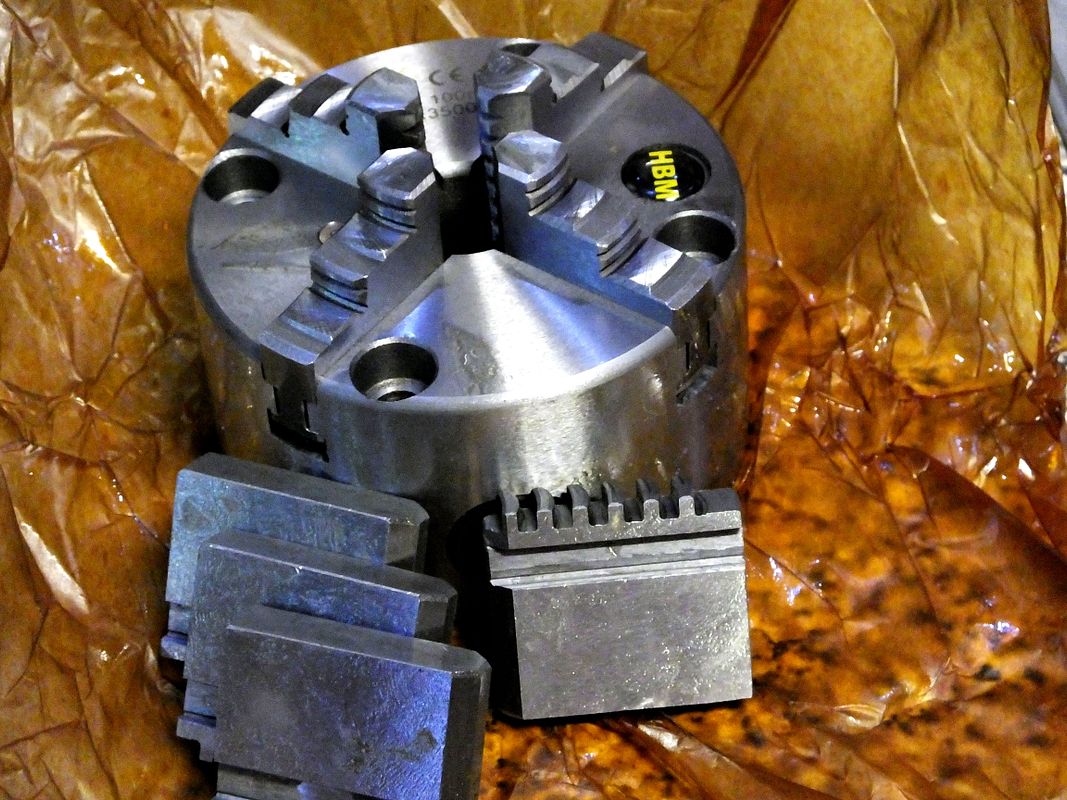Don't worry Pete, there are known cures for being a cheapskate, and if ever you manage to get cured, it could be the making of you. 
I myself will not buy a new three or four jaw self centering chuck unless I can also buy a set of soft jaws for it.
This little 4" chuck for instance, the soft jaws came to just over 20 UK pounds, and no matter how much runout the chuck has, those little jaws can become the almost perfectly accurate little bit of tooling you ever own.
This one is destined for a CNC rotary table, and another exactly the same for fitting to a dividing head, and yes, you can use soft jaws on your mill RT, just to the same effect as it can be used on the lathe.

Just think of it, no more struggling to hold those little circular parts so that you can work on them, from one to a hundred all identical bits, easily held with astonishing accuracy, all for less than 100 UK pounds, from a small basic lathe or mill, and the chuck can be used in it's own right as normal!!!
This is one bit of tooling that everyone should strive for instead of those here today, gone tomorrow gizmos.
John
I myself will not buy a new three or four jaw self centering chuck unless I can also buy a set of soft jaws for it.
This little 4" chuck for instance, the soft jaws came to just over 20 UK pounds, and no matter how much runout the chuck has, those little jaws can become the almost perfectly accurate little bit of tooling you ever own.
This one is destined for a CNC rotary table, and another exactly the same for fitting to a dividing head, and yes, you can use soft jaws on your mill RT, just to the same effect as it can be used on the lathe.

Just think of it, no more struggling to hold those little circular parts so that you can work on them, from one to a hundred all identical bits, easily held with astonishing accuracy, all for less than 100 UK pounds, from a small basic lathe or mill, and the chuck can be used in it's own right as normal!!!
This is one bit of tooling that everyone should strive for instead of those here today, gone tomorrow gizmos.
John
Last edited:




















![DreamPlan Home Design and Landscaping Software Free for Windows [PC Download]](https://m.media-amazon.com/images/I/51kvZH2dVLL._SL500_.jpg)






































